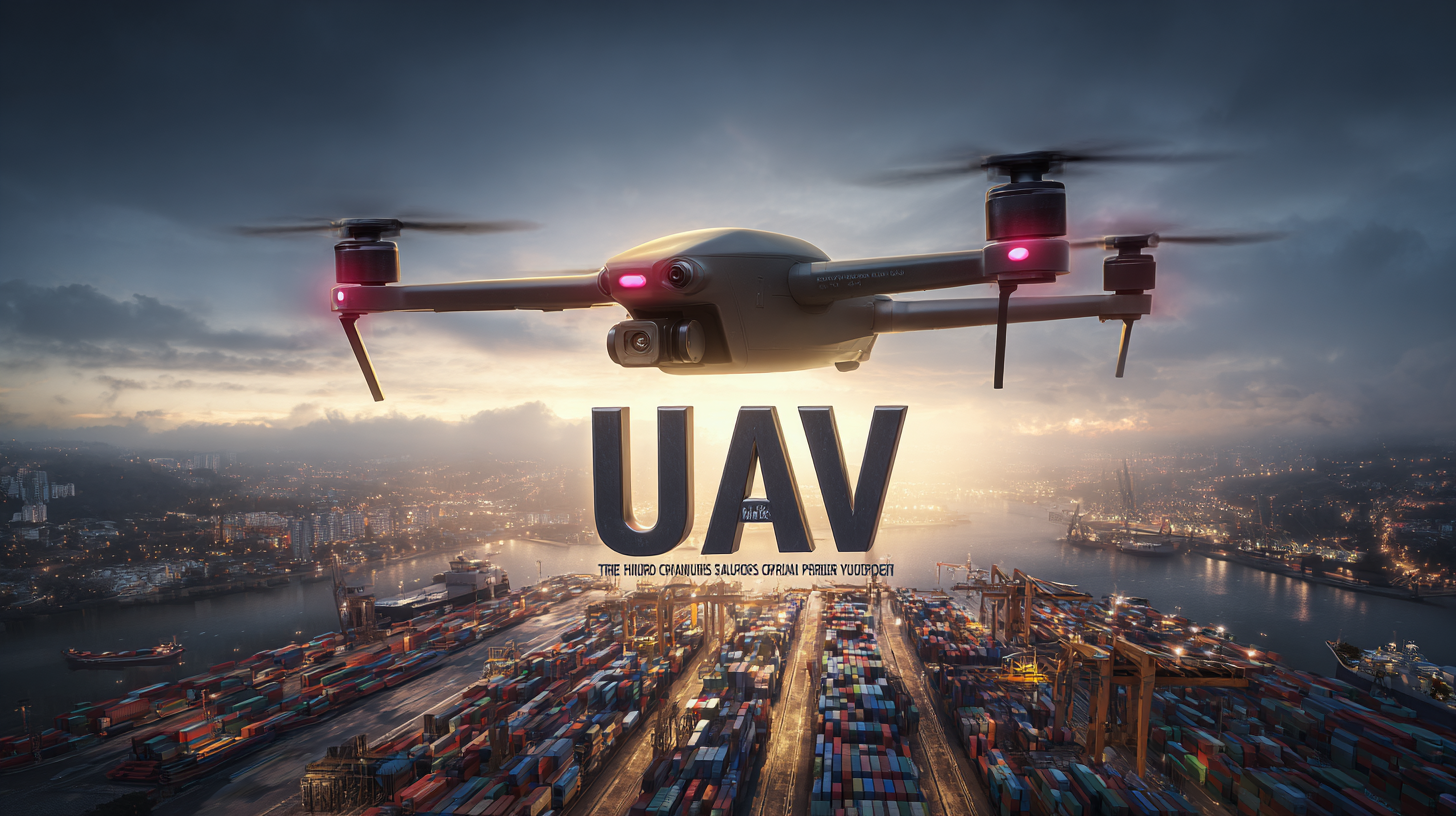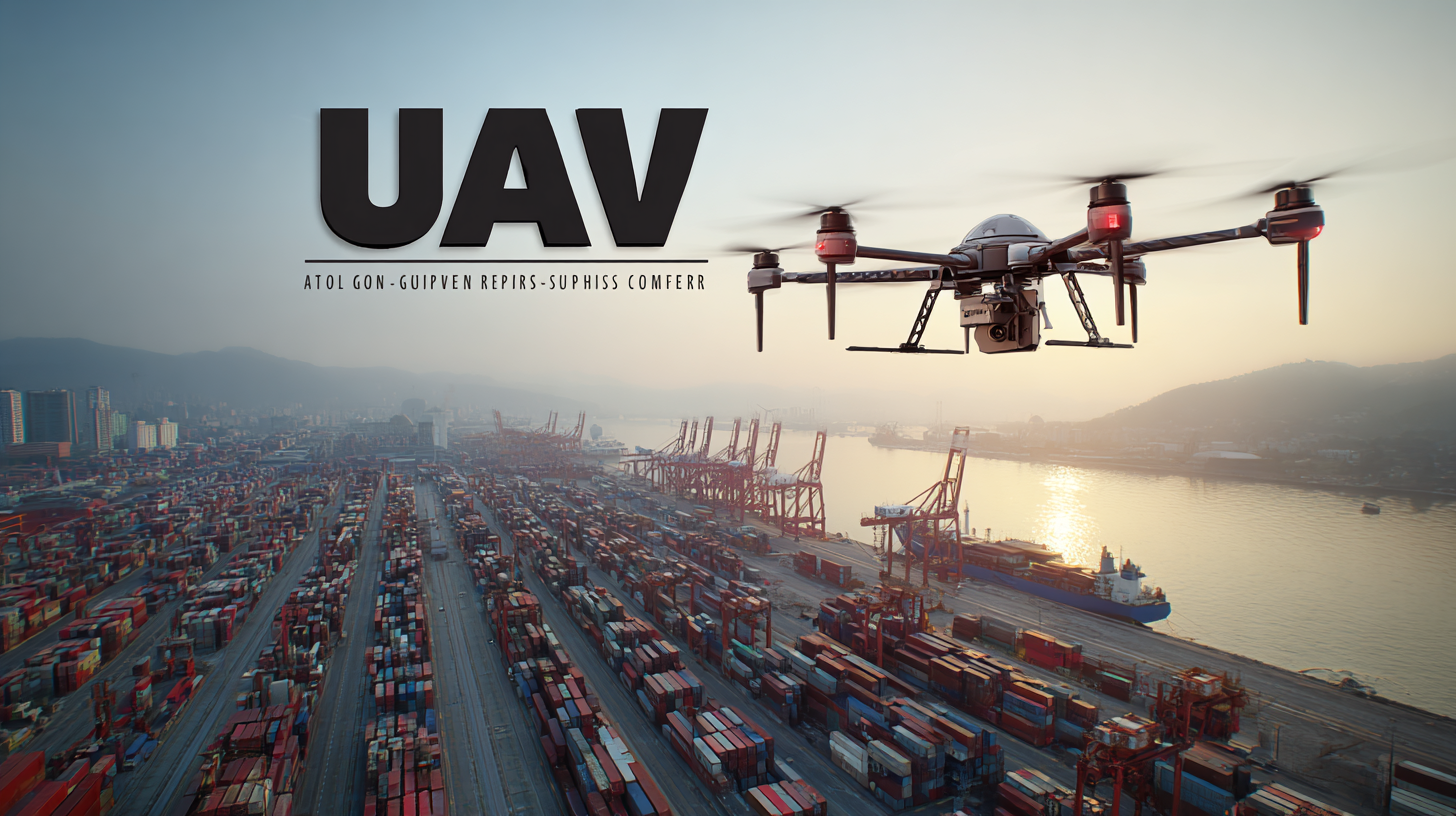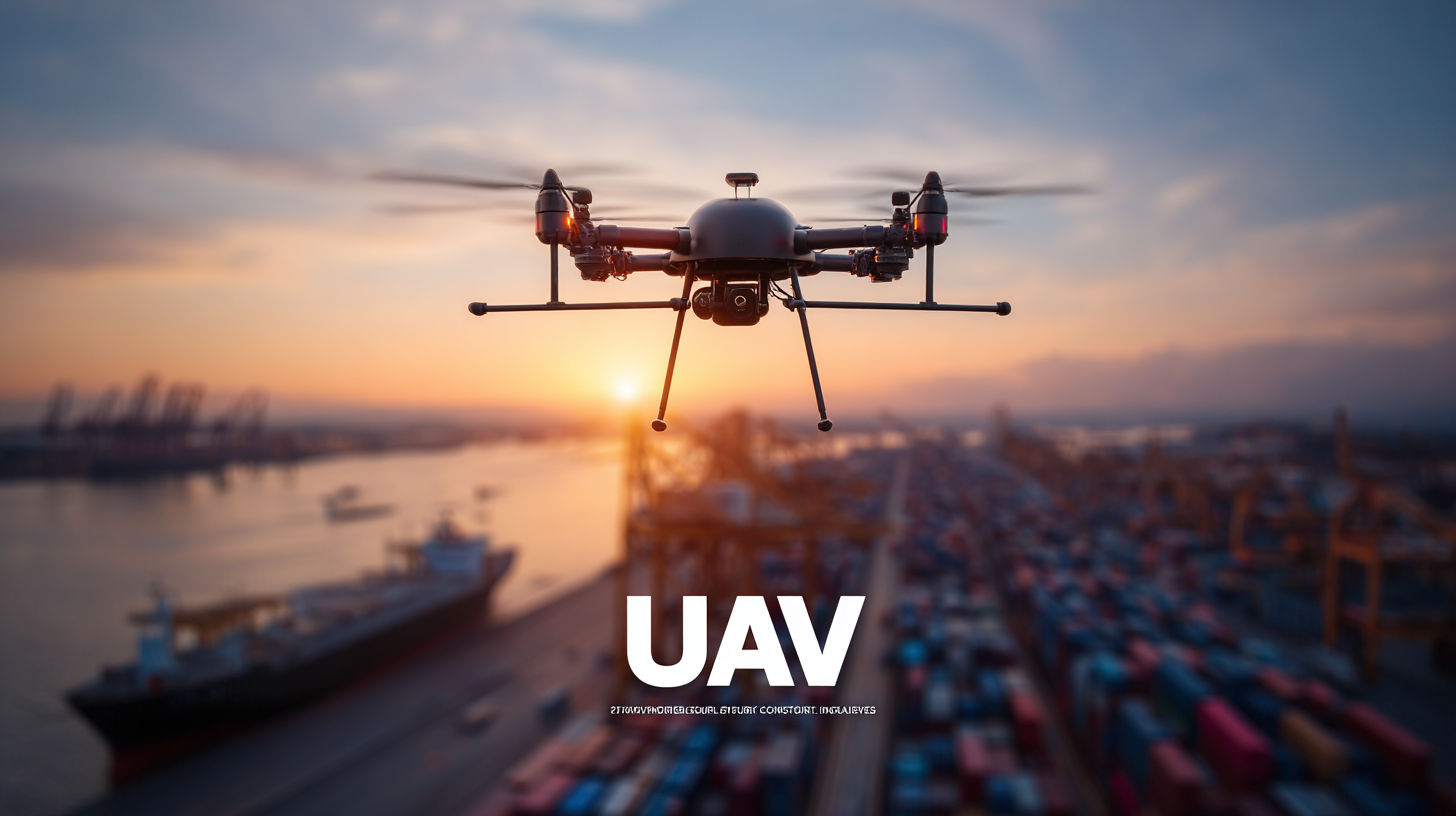Tackling the Challenges of UAVs in Global Supply Chains for Better Efficiency
In the rapidly evolving landscape of global supply chains, Unmanned Aerial Vehicles (UAVs) are emerging as revolutionary tools that promise to enhance efficiency and reduce operational costs. According to the recent report by MarketsandMarkets, the UAV market is projected to reach $58.4 billion by 2026, driven by increasing demand for last-mile delivery solutions and advancements in drone technology. However, realizing the full potential of UAVs in supply chains comes with its own set of challenges, including regulatory hurdles, logistical complexities, and safety concerns. As companies strive to integrate the Best UAVs into their logistics operations, understanding how to confront these challenges becomes essential for sustainable growth. This ultimate guide will explore the obstacles faced by UAVs in supply chain management and propose actionable strategies for overcoming them, ensuring a more efficient and resilient supply network.

The Importance of Import and Export Certification for UAV Integration
The integration of Unmanned Aerial Vehicles (UAVs) into global supply chains has the potential to revolutionize logistics, but it is imperative to recognize the importance of import and export certification in this process. According to a report by the World Economic Forum, the global UAV market is expected to grow to USD 43 billion by 2024, driven mainly by its applications in logistics and delivery services. However, without proper certification, the movement of these innovative technologies across borders can be hampered.
Certification processes ensure that UAVs meet safety, regulatory, and operational standards, which are crucial for their deployment in international markets. The International Air Transport Association (IATA) estimates that compliance with these regulations could reduce air logistics costs by up to 20%. Furthermore, countries that have implemented clearer certification frameworks have seen higher investments in UAV technologies, highlighting a direct correlation between regulatory clarity and market growth. Thus, addressing certification challenges will be key to unleashing the full potential of UAVs in enhancing supply chain efficiency.
Tackling the Challenges of UAVs in Global Supply Chains for Better Efficiency
This chart illustrates the various challenges faced by UAVs in global supply chains, emphasizing the importance of addressing each challenge to enhance operational efficiency. The percentage reflects the severity of each issue, highlighting the need for effective import and export certification processes.
Navigating Regulatory Challenges in UAV Supply Chains
The integration of Unmanned Aerial Vehicles (UAVs) into global supply chains promises significant enhancements in efficiency and speed.
However, navigating the regulatory landscape remains one of the foremost challenges facing the industry. According to a report by the International Transport Forum,
regulatory hurdles can account for up to 30% of the operational costs in the drone logistics sector. Each country has its own set of rules governing UAV operations, ranging from drone altitude restrictions to rigorous certification processes that can delay deployment.
In addition to varied regulations across jurisdictions, the Federal Aviation Administration (FAA) has projected that the commercial drone market will reach
$12 billion by 2025. Yet, this growth potential is often stymied by inconsistent regulatory environments. For instance, countries like the United States and the European Union are working to harmonize their regulations, but significant discrepancies still exist, affecting international supply chains.
A comprehensive, unified regulatory framework would not only reduce compliance costs but also facilitate a more robust international UAV ecosystem, ultimately driving greater efficiencies in global logistics.
Best Practices for Ensuring Compliance in UAV Operations
The integration of Unmanned Aerial Vehicles (UAVs) into global supply chains presents both significant opportunities and challenges. A crucial aspect of ensuring efficiency is maintaining regulatory compliance during UAV operations. According to a report by Allied Market Research, the global UAV market is projected to reach $58.4 billion by 2026, demonstrating the industry's rapid growth and the associated regulatory needs. Organizations must stay informed about the evolving regulations that govern UAV usage across different jurisdictions, particularly in areas such as flight permissions and safety standards.

Best practices for compliance include regular training sessions for UAV operators on local laws and international regulations, including FAA guidelines in the United States and EASA regulations in Europe. Furthermore, adopting robust tracking systems allows companies to maintain records of UAV flight paths and performance data, aiding in compliance audits. As per the Global Drone Regulations Map by Droneii, countries are continuously updating their regulations, and staying ahead of these changes is critical for operational effectiveness.
Implementing these measures not only ensures compliance but also enhances the overall reliability and safety of UAV operations within supply chains, helping companies maximize the potential benefits of UAV technology.
Impact of Global Trade Policies on UAV Certification Processes
The integration of unmanned aerial vehicles (UAVs) into global supply chains is increasingly influenced by evolving trade policies, particularly in light of regulatory developments. In the United States, the Federal Aviation Administration has finalized comprehensive pilot training and certification rules designed to streamline the operation of air taxis. These regulations reflect a growing recognition of the need for standardized practices as UAVs become a vital component of logistics and transportation networks. According to industry reports, the use of drone technology could reduce delivery times by as much as 50%, significantly enhancing supply chain efficiency.
Meanwhile, countries like India are updating their Foreign Trade Policy to enhance import and export procedures, which could foster a more conducive environment for UAV operations. As nations strive to boost two-way trade and navigate complex regulatory landscapes, the implications of global trade policies on UAV certification processes are paramount. Companies engaged in cross-border drone deliveries must remain agile, adapting to changing regulations that dictate operational capabilities. Emerging 'trade tech' solutions signal transformative possibilities for international trade, emphasizing the necessity for industries to embrace innovation while ensuring compliance with current and forthcoming trade regulations.
Tackling the Challenges of UAVs in Global Supply Chains for Better Efficiency - Impact of Global Trade Policies on UAV Certification Processes
| Region |
UAV Certification Time (months) |
Trade Policy Impact Level |
Average Cost of Certification ($) |
Challenges in Supply Chain |
| North America |
6 |
High |
15,000 |
Regulatory compliance, Technology interoperability |
| Europe |
8 |
Medium |
20,000 |
Complex regulations, Integration with existing systems |
| Asia-Pacific |
12 |
Medium |
25,000 |
Cultural barriers, Infrastructure limitations |
| South America |
10 |
Low |
18,000 |
Limited funding, Lack of skilled workforce |
| Africa |
16 |
High |
30,000 |
Political instability, Poor logistics |
Future Trends in UAV Certification and Global Supply Chain Efficiency
The rapid evolution of Unmanned Aerial Vehicles (UAVs) plays a pivotal role in enhancing global supply chain efficiency. As the drone delivery market is estimated to reach
$711.3 million in 2022, with a staggering compound annual growth rate of 41.53% projected from 2023 to 2030, it is clear that UAVs are becoming integral to logistics and transportation. This growth is driven by advancements in technology, regulatory frameworks, and an increasing demand for rapid delivery services across various industries.

Looking ahead, the certification of UAVs will be a critical factor influencing their integration into supply chains. Establishing robust certification standards will not only ensure safety and reliability but will also streamline the operational processes within global logistics networks. As innovative solutions like electric Vertical Take-Off and Landing (eVTOL) aircraft emerge, the aerospace industry is on the brink of a revolution, reshaping the future of air traffic and ground transportation. The intersection of these trends presents vast opportunities for increased efficiency and resilience in supply chains worldwide.